Many people, especially those new to vacuum sealing or sous vide cooking, fear or hesitate to cook food in vacuum-sealed plastic bags. They think harmful substances or chemicals in the bag can get mixed with the food. The reality is that their fear is reinforced due to some false stories.
Vacuum-sealed bags are BPA-free, and cooking in these bags is 100% safe. Also, by following the right procedure, you can effortlessly cook in vacuum-sealed plastic bags.
This comprehensive guide focuses on clearing all the contradictory information regarding whether can you cook in vacuum sealed plastic bags. Also, we shared a process you could use to cook your vacuum-sealed food.
How Can You Cook in Vacuum Sealed Plastic Bags – 4 Easy to Follow Steps
Cooking in vacuum-sealed plastic bags is not a troublesome task. All you need to do is,
- Maintain safe temperature
- Ensure proper sealing of the food
- Follow the required cooking process to cook the food
We assume that you are cooking food in vacuum plastic bags for the first time. Follow the below guide carefully,
Step 01: Properly Seal the Food
Chefs around the world have been cooking in vacuum bags for many years. This means it is not a new thing. However, the secret is that cooks use sous vide bags rather than vacuum-sealed bags.
There are no significant differences available between sous vide and vacuum-sealed bags. Both bags are made using food-grade materials and efficiently withstand high temperatures.
The most important thing to cooking flavorful food in a vacuum-sealed bag is to ensure proper seasoning and marinating before cooking. Then fill the bag with the food, and confirm adequate sealing. The bag can withstand high temperatures only when the bag is tightened perfectly.
Step 02: Water Bath Preparing
Once the food is prepared and sealed, grab a cooking pot. Fill it with enough water. The water needs to be warmed at the correct cooking temperature. In this case, sous vide machines will be beneficial. Clip the sous vide machine to the pot’s side and set the machine to the required temperature.
No worries if you don’t own a sous vide machine. Put the water pot on a stove and turn it on. Here, you need to monitor the water temperature using a cooking thermometer because the proper cooking temperature is essential when cooking food in a vacuum-sealed bag.
Remember, the water temperature relies on cooked food. According to some expert chefs, 50° would be the best bath temperature.
Step 03: Submerge the Vacuum Sealed Bag into the Warm Water
The cooking process of the vacuum-sealed bags needs to start when the water reaches an accurate temperature.
If you see that the bag is not submerging in the water, use a binder clip and clip the bag at the pot’s side. Remember, if you leave the bag in floating condition, firm cooking or boiling of the food will not happen.
Also, consistent temperature is vital. This way, you will get evenly cooked or boiled food. Closely monitor the temperature through the cooking thermometer.
Step 04: Wait Until the Food is Boiled
Boiling or cooking food vacuum-sealed is a time-consuming process. Don’t hurry during the cooking process. Give the food enough time to get cooked.
However, premade foods can be boiled within a few minutes. But raw food can take a few hours.
Once the food is cooked or boiled, don’t take the food off the bag immediately. Leave the food in the bag for 10 – 15 minutes.
During this time, the food will suck up the marinades or seasonings properly. After 10 – 15 minutes, take the food out from the sealer bag and serve it. If the food requires searing to give it a crunchy taste, sear it.
Is it Safe to Boil Food in Vacuum Sealed Bags?
The safety of the boiled food in vacuum-sealed bags entirely relies on the material used for the bags. Generally, vacuum-sealed bags are made of food-grade and non-food-grade plastics. Needless to say, non-food-grade plastics are unsafe.
Now, one question might pop up: What plastics are used in vacuum-sealed bags?
Commonly used plastics are,
- Nylon
- Polypropylene
- Polyethylene
These materials don’t contain harmful chemicals or substances like dioxin, chlorine, phthalates, etc. Moreover, these plastics are boil safe.
Additionally, your food will be free from contamination when you boil or cook the plastic bags at high temperatures. The truth is, most kitchenware manufacturers use these 3 types of materials to make vacuum-sealed bags. Sous vide bags are also manufactured with these materials.
Avoid buying polycarbonate vacuum-sealed bags. These bags leak Bisphenol A, cadmium, and other harmful substances when exposed to high temperatures, affecting our central nervous system.
Si, it would always be best to buy food-plastic used vacuum-sealed bags. We can ensure that the food taste will be flavorful, yummy and tasty. Simultaneously, these bags will not affect your health.
FAQ
How long do you boil vacuum-sealed meat?
A vacuum-sealed bag with 4 lbs. of non-sauced meat will take 20 – 30 minutes to boil by maintaining a consistent heating temperature. Remember, slight simmering will do the trick in this case.
Is it a good idea to boil in a zip lock bag?
Not at all. You may end up with soggy food or find plastic particles if you boil food in a zip lock bag. Though, zip lock bags are ideal for circumstances such as freezing or storage.
Can I microwave foods in vacuum-sealed bags?
Yes, you can. But you have to be cautious enough not to microwave the bag for more than 5 – 7 minutes. We recommend microwaving pre-cooked food instead of raw food in vacuum-sealed bags.
What is the best temperature for simmering food in vacuum-sealed bags?
Below 180° F is the safest temperature when simmering food in vacuum-sealed bags.
Wrap Up
Now you know the accurate answer to the question, can you boil food in vacuum-sealed bags. Cooking food in vacuum-sealed bags is not difficult until you maintain the right temperature and follow a proper cooking procedure. Also, you need to use food-grade safe bags made of nylon, polyethylene, and polypropylene. These materials will ensure 100% safe cooked and flavorful food. Sous vide bags are also safe to use for boiling food.


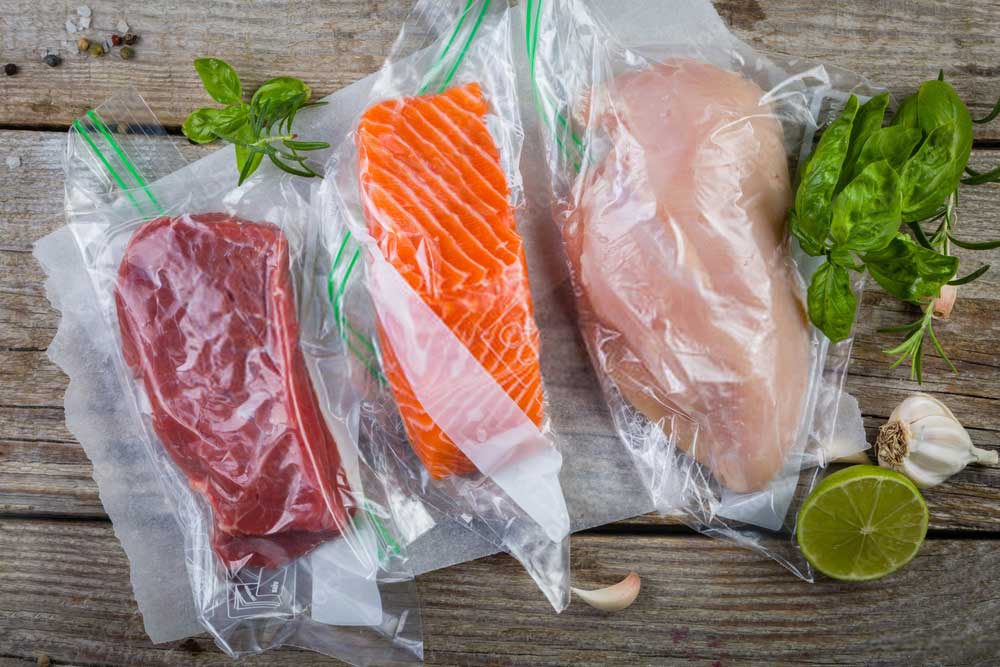
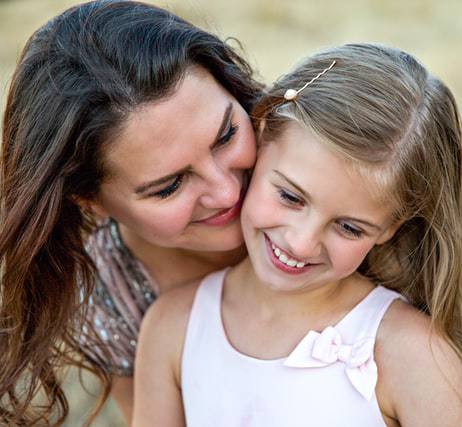
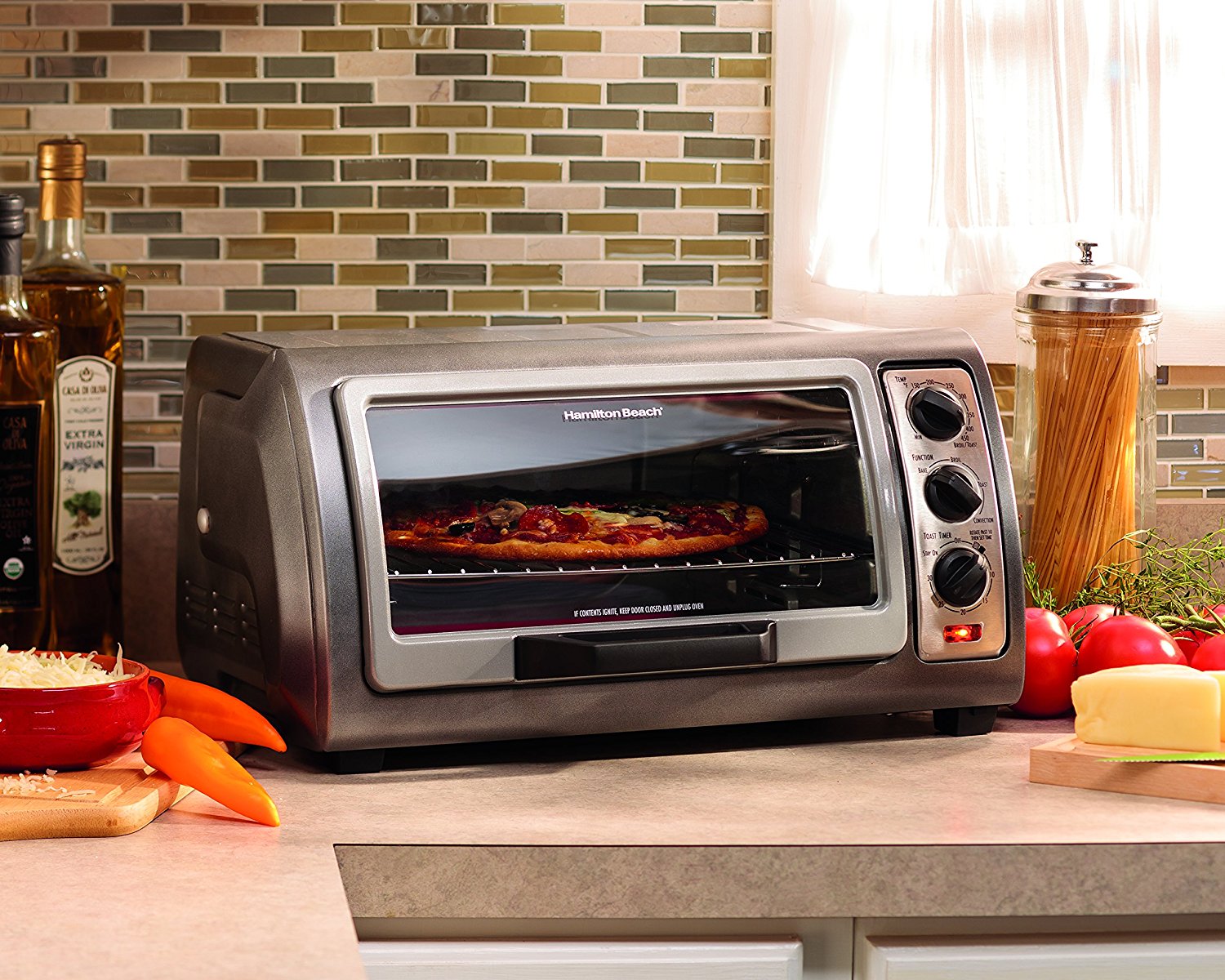
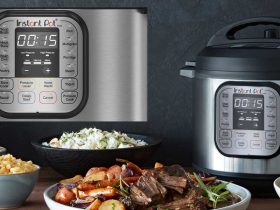
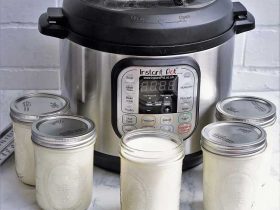
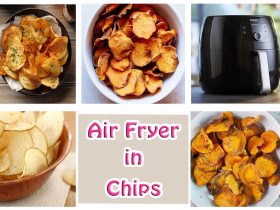
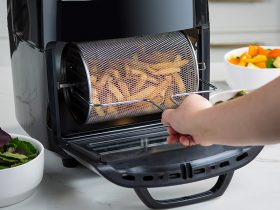
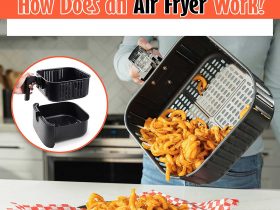
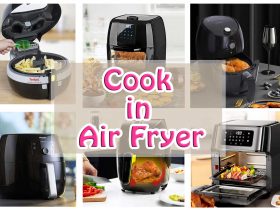
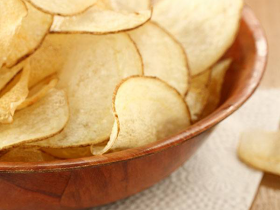

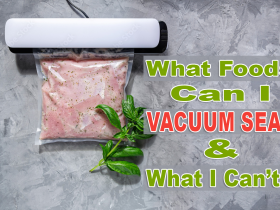
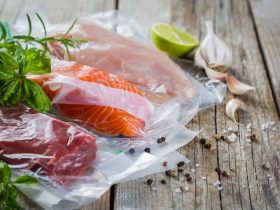
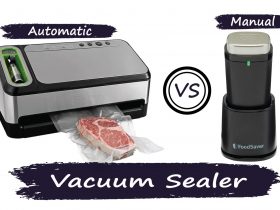
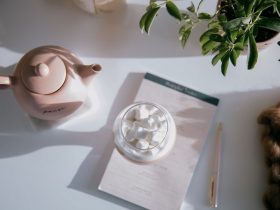
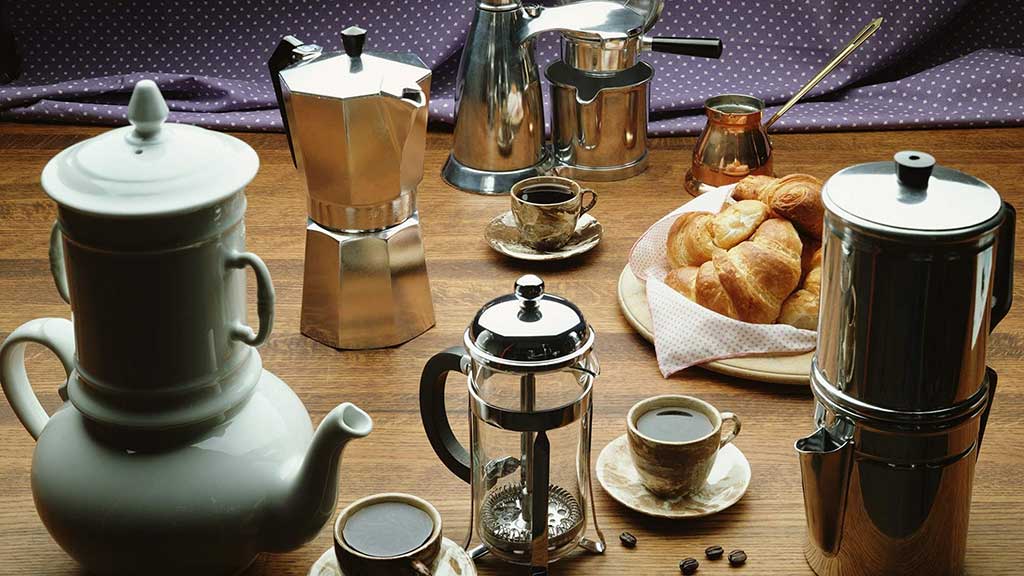
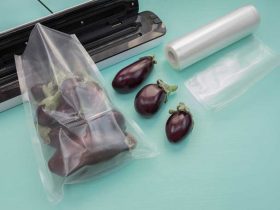
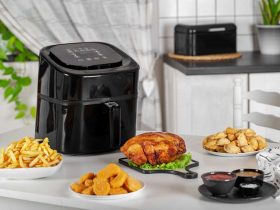
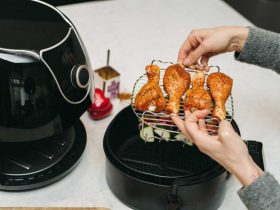
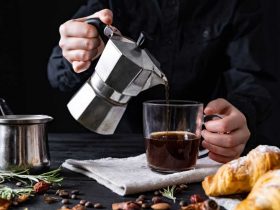
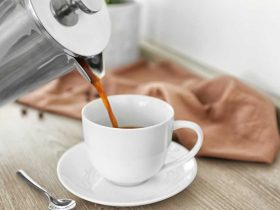

Leave a Reply